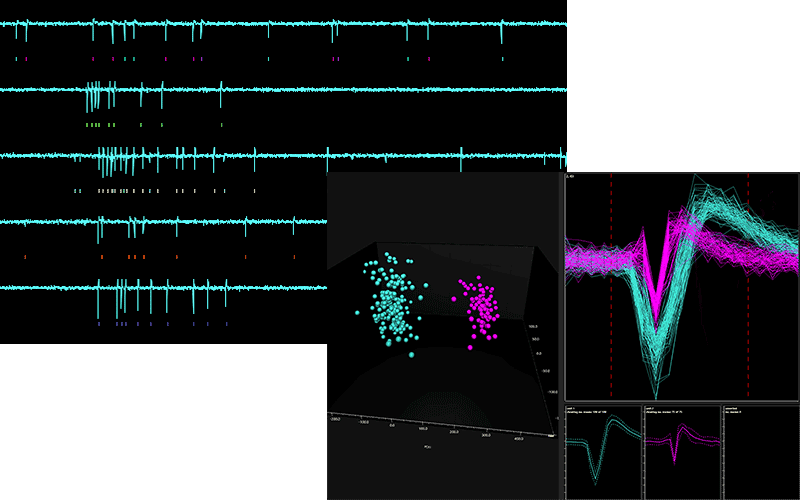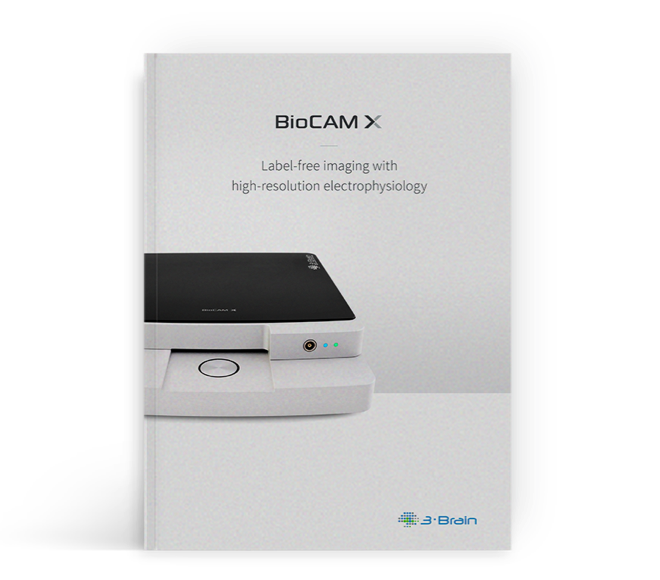PRODUCTS


A multi-core CPU in a dish, each well contains a CMOS chip optimized for biological signals

Explore cellular networks in real-time with our bidirectional HD-MEA for 2D and 3D in vitro systems

BrainWave 5 is an all-in-one software solution for user-friendly recording, visualizing and analyzing biosignals

The external IO Connector Box facilitates access to BioCAM DupleX HD-MEA channels and modules
technology


Gain unprecedented access to the cytoarchitecture and inner workings of 3D model systems & tissues
applications


Explore cellular network dynamics, connectivity and firing patterns for brain research and drug discovery
Resources

about


We are explorers with a history of developing first-in-class deep tech solutions to probe intelligent networks





























.svg)








